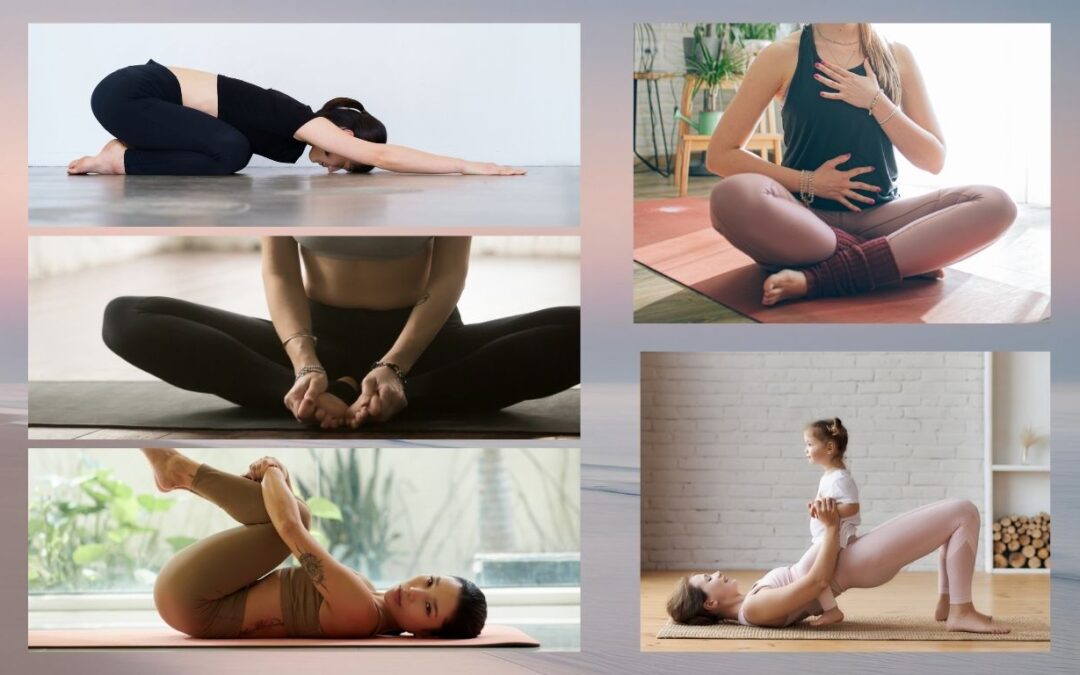Move Better. Breathe Easier. Feel More Connected to Your Body
At Eastern Therapies, we see many people who experience pelvic pain or discomfort through the pelvic area — often without realising the pelvic floor muscles are involved. These muscles support the lower body all day long, and when they become tense or overactive, the whole area can feel restricted.
Understanding how these muscles behave is the first step toward easing tension and reconnecting with your body. Below, you’ll find simple breathing and stretching practices — but before we dive into the exercises, here’s how acupuncture may support this area from a whole-body perspective.
How Acupuncture Fits Into Pelvic Floor Support
We approach the pelvis as part of a connected system. Stress, posture, breathing, and tightness in nearby muscles can all influence how the pelvic floor feels.
Acupuncture may support pelvic floor awareness by helping to:
- Calm the nervous system
When the body relaxes, the pelvic floor often relaxes with it. - Improve circulation
Better blood flow to the lower abdomen, hips, and pelvis may bring ease and warmth to tense muscles. - Release surrounding tension
Tight hips, glutes, or the lower back can affect how the pelvic floor behaves. Acupuncture may help these areas soften. - Increase body awareness
As the body settles, it becomes easier to notice whether you’re clenching, bracing, or holding tension without realising it.
Early research suggests acupuncture may offer supportive benefits when used alongside pelvic floor exercises or other physical therapies. Our approach blends acupuncture with breathwork guidance and gentle movement strategies to support your overall wellbeing.
Exercises to Help You Relax, Release & Reconnect
These simple practices are designed to help create softness and awareness through the pelvic region. You can explore them at your own pace and pair them with slow, comfortable breathing.
1. Diaphragmatic Breathing
A grounding way to settle the body and soften the belly.
Try this:
- Sit or lie down comfortably.
- Place one hand on your chest and one on your belly.
- Inhale through your nose, letting your belly rise gently.
- Exhale slowly through your mouth.
- Let each breath feel unforced and spacious.
Imagine your exhale melting tension away from the pelvis.
2. Yoga-Inspired Stretches for Hip & Pelvic Ease
These simple poses may help open the hips and create more freedom through the lower body.
Happy Baby Pose
- Lie on your back.
- Draw your knees toward your chest.
- Hold your ankles or calves.
- Gently rock side to side.
- Keep your breathing soft and steady.
Child’s Pose
- Start on hands and knees.
- Bring your big toes together, knees apart.
- Reach your arms forward and lower your torso down.
- Notice your breath expanding into your back and hips.
3. Supporting the Inner Thighs & Glutes
When surrounding muscles are tight, the pelvic floor often works harder than it needs to. These stretches may help everything soften together.
Adductor Stretch
- Lie on your back.
- Bring the soles of your feet together.
- Let your knees gently fall outward.
- Support with pillows if needed.
- Breathe slowly into the lower abdomen.
Piriformis Stretch
- Lie on your back with knees bent.
- Cross your right ankle over your left knee.
- Draw your left thigh toward your chest.
- Hold, then switch sides.
Want to Feel More Ease Through Your Pelvis?
If you’d like personalised guidance or want to explore how acupuncture may support your pelvic health and overall wellbeing, we’d love to help.
✨ Book your appointment at Eastern Therapies today and take the first step toward more comfort and body awareness.
Written by: Cecilia




